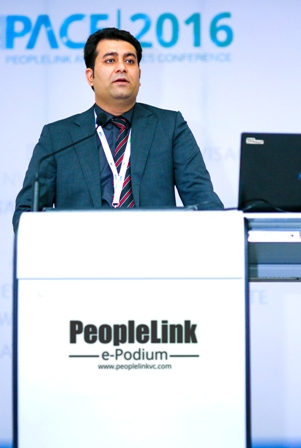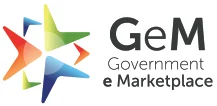Video Conferencing To Build A Global Classroom
- April 2, 2018
- Posted by: PeopleLink
- Category: Blogs

Traditional education has failed to metamorphose in order to be relevant for today’s rapidly changing requirements. The rate of advancement of technologies and resulting opportunities is much too rapid for traditional programs and curriculum to keep up. India is already the second largest market for eLearning after the United States. The sector is expected to reach $1.29 billion by 2018, growing at over 17% CAGR.
“The major growth driver has been the government funded projects for literacy & skill development in the rural parts of the country. Some major Initiatives been taken up by the incumbent government includes the likes of “Skill Development” and “RUSA (Rashtriya Uchchatar Shiksha Abhiyan)” projects, which have been the centre stage of this growth path. The trend of those Government Initiative can be seen in the budget allocation by various states and centre”. says Abhishek Pratap Singh, Head Product Marketing & PeopleLink Managed Video Services.
There are a number of companies that have been extremely responsive to the challenges to develop the remedial solution around it. The challenges faced in this Industry pertain to the following types:
Infrastructure Availability
Infrastructure for having leased line internet connections and corresponding digital classroom setups are still not available in abundance. The trend is indeed growing and a lot of awareness is building around the same, and the segment envisions the highest level of collaboration for the educators and learners even with the most minimal prerequisites. The solutions are capable of connecting on basic data card connection which most of the others don’t support. This has helped in connecting the rural villages with the Institutions of higher learning based in major cities.
Technological Enhancement
With the constant upgradation of technology, the biggest challenge is to be adaptive to the change and having a strong solution which can take those technological changes to the learners in the most basic form. Obsolescence-free technology is the key to realizing outcome. One of these includes webRTC platforms to make the video enabled learning offerings ubiquitous and to enable their online courses to be in pace with the latest technology.
Content
Learning institutions have different ways of imparting knowledge along with that there are a lot of other platforms like MOOC (Massive Open Online Courses) which hints towards having an online
Learning institutions have different ways of imparting knowledge along with that there are a lot of other platforms like MOOC (Massive Open Online Courses) which hints towards having an online web based access to the students for providing them with a self-paced Learning platform. The challenge which arises is from the content perspective. A number of times it so happens that the content and technology do not support each other, that is where companies like PeopleLink play a major role is its ability to have a user friendly CMS and a universal standard based Course curriculum, like being SCORM Complied.
Political Factors (Policy-related):
Policy-related dependency is generally beyond ones control. But interestingly over the last 2.5 years it has been significantly predominant and majority of the countries are supporting its development and acceptance. India too has very strong government projects and policies which are making all efforts to optimise the e-learning scenario in the country. Government’s Digital India Vision along with RUSA (Rashtriya Uchchatar Shiksha Abhiyan) which runs such projects of automating the institutions of higher learning; thus making videoconferencing a part of their austerity drives.
The benefits offered are umpteen, and include the following:
Mobility – Learners are looking out for ubiquitous collaboration. Retraining the technology to a specific technology-enabled room is not the solution. Video-enabled LMS has taken a huge leap in providing mobility in learning. BYOD has been made a reality in terms of extending the learning to remote locations with the existing Infrastructure resources.
Bandwidth – There are still a lot of territories in India wherein the bandwidth is a constraint. Unavailability of fixed lines has created a wide gap in the visual collaboration. Verticals like rural education were, for a long time, deprived of gaining the collaboration. Having their distant education courses a reality and attracting students from distant geographies is something which every institution needs. With a bandwidth conserving solution, the reach and availability for remote students has been enhanced several folds.
WebRTC – It is the way forward for the video industry. This is expected to play a pivotal role in the field of collaboration in future. All the major browsers are getting WebRTC-enabled to be able to offer a platform for the upcoming technology which is entirely a clientless solution. This is a much awaited technology shift which will pave way for several customizable integration projects.
“PeopleLink extends a two pronged solution offering for the Billion Dollar E-Learning market in India. Our Education specific hardware have been making the Classrooms, go Digital. At the same time our unique video enabled LMS has been offering an online portal for the educators & learners. We believe in offering our custom built solutions for the Education Institutes which aligns with their teaching methodology strategy for a quicker acceptance.” – Amit Chowdry, CEO PeopleLink Unified Communications Pvt. Ltd.




